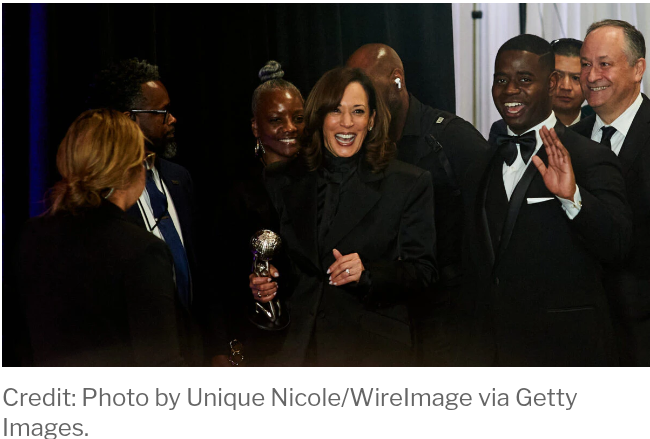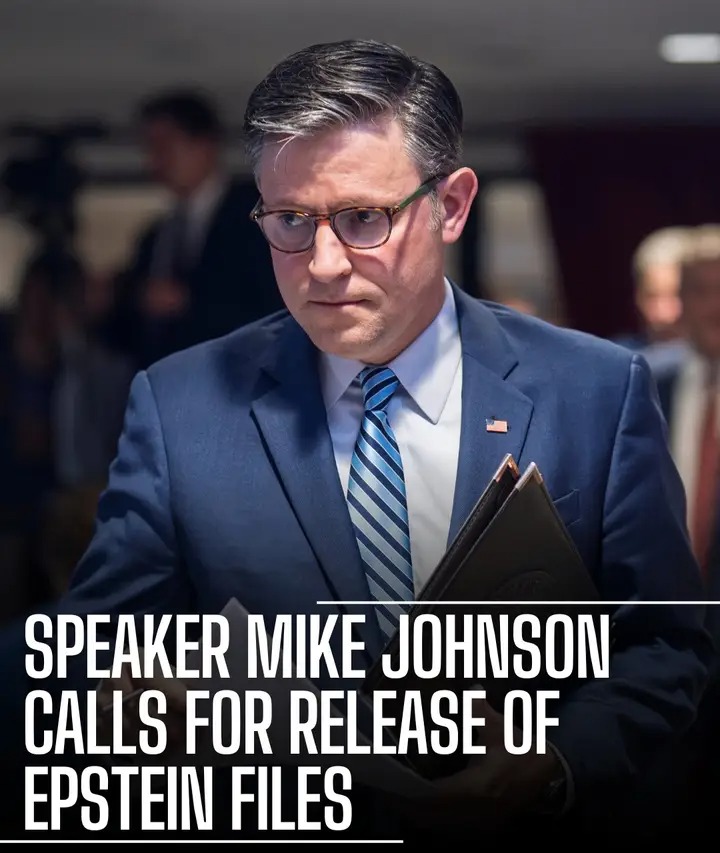In a significant development, the US Department of Education has issued a sweeping directive to schools across all 50 states, mandating the removal of Diversity, Equity, and Inclusion (DEI) programs. The announcement has sparked widespread debate, as schools now face a critical choice: comply with the new guidelines or risk losing access to crucial federal funding. This move marks a pivotal shift in the federal government’s approach to DEI initiatives, which have been a cornerstone of educational policy in recent years.
The directive underscores the growing tension surrounding DEI programs in educational institutions. While proponents argue that these initiatives foster inclusivity and address systemic inequities, critics contend that they often promote divisive ideologies. The Department of Education’s decision reflects a broader national conversation about the role of such programs in shaping curricula and campus culture. Schools are now grappling with the challenge of balancing compliance with federal mandates while addressing the diverse needs of their student bodies.
For many educational institutions, federal funding is a lifeline that supports everything from infrastructure to student services. The potential loss of these funds has left administrators scrambling to reassess their DEI strategies. Some schools are considering alternative approaches to promoting inclusivity that align with the new guidelines, while others are weighing the consequences of resisting the directive. The situation has created a sense of urgency, as schools must act swiftly to avoid financial repercussions.
The announcement has also ignited a wave of reactions from educators, parents, and advocacy groups. Supporters of DEI programs argue that dismantling these initiatives could undermine efforts to create equitable learning environments, particularly for marginalized communities. On the other hand, critics of DEI policies view the directive as a necessary step toward refocusing education on academic excellence and merit-based principles. The polarized responses highlight the deeply entrenched divisions surrounding this issue.
As schools navigate this complex landscape, the long-term implications of the Department of Education’s decision remain uncertain. Will this move lead to a more unified approach to education, or will it exacerbate existing disparities? For now, the directive serves as a stark reminder of the evolving nature of educational policy and the profound impact it can have on students, educators, and communities nationwide. The coming months will undoubtedly shed more light on how schools adapt to this new reality and what it means for the future of education in America.






